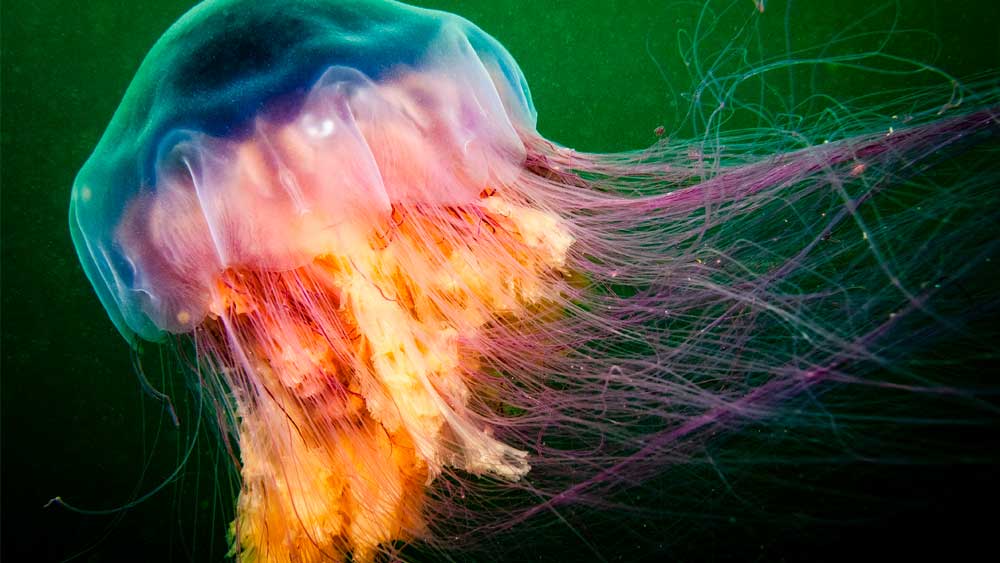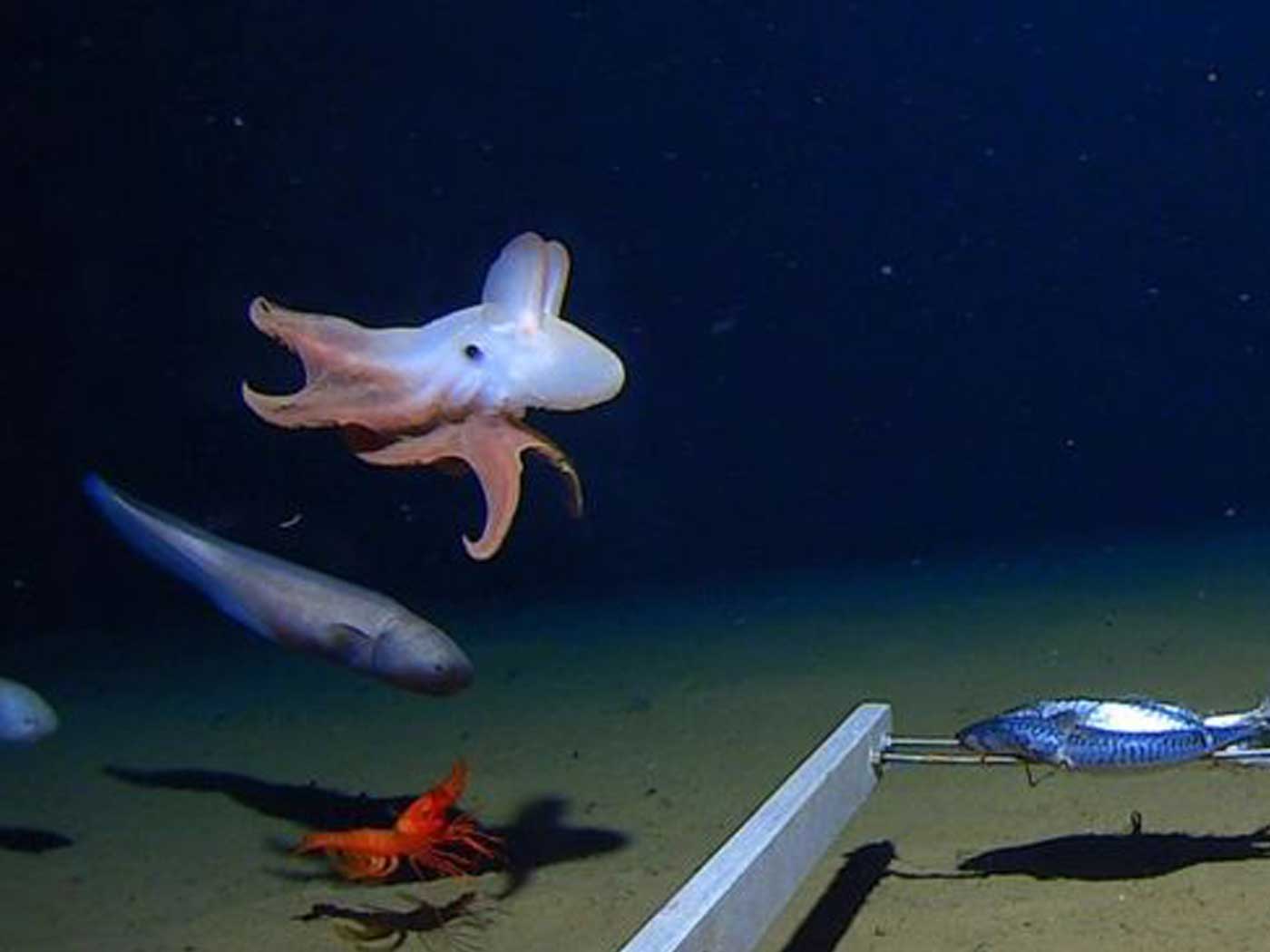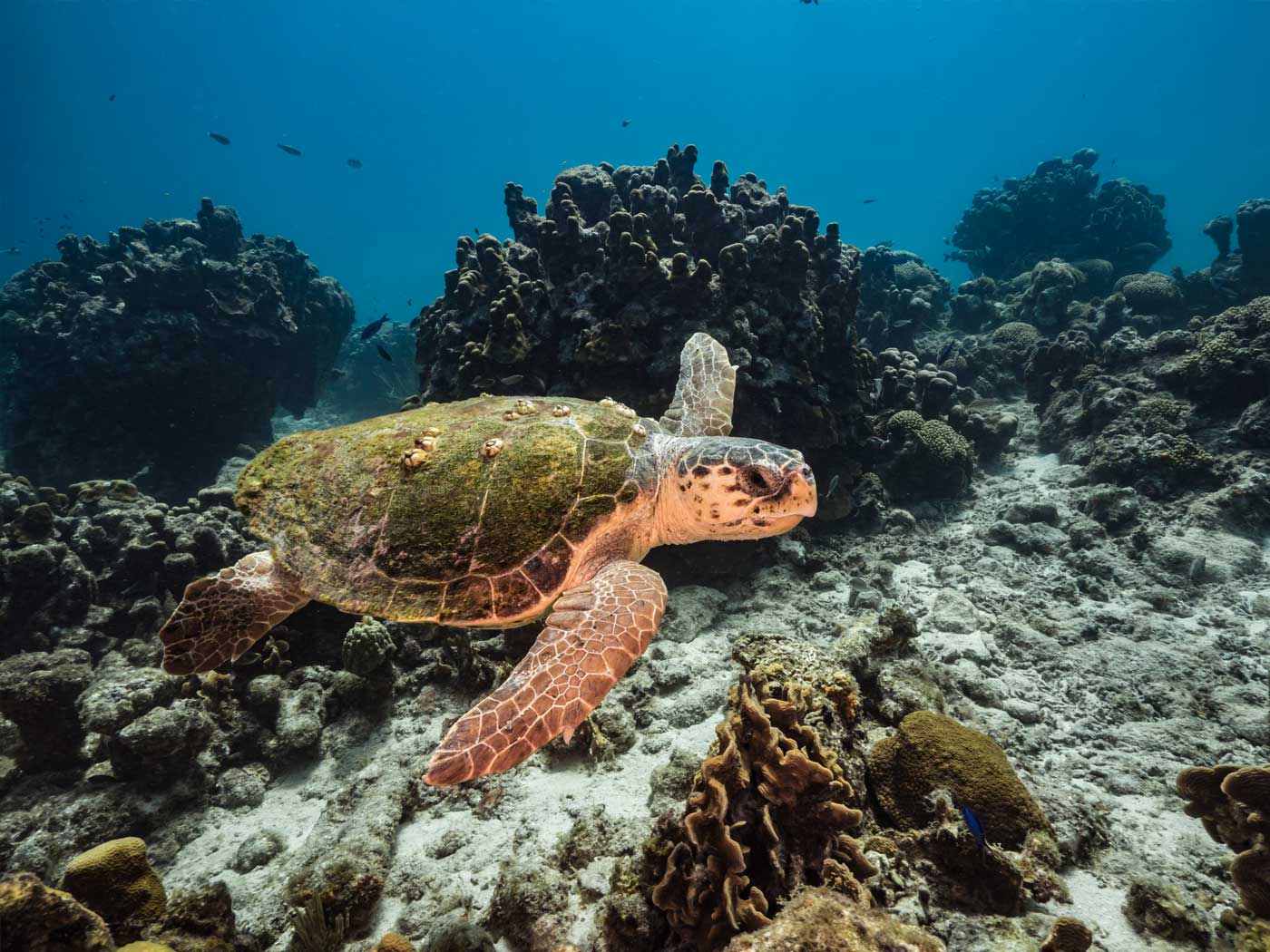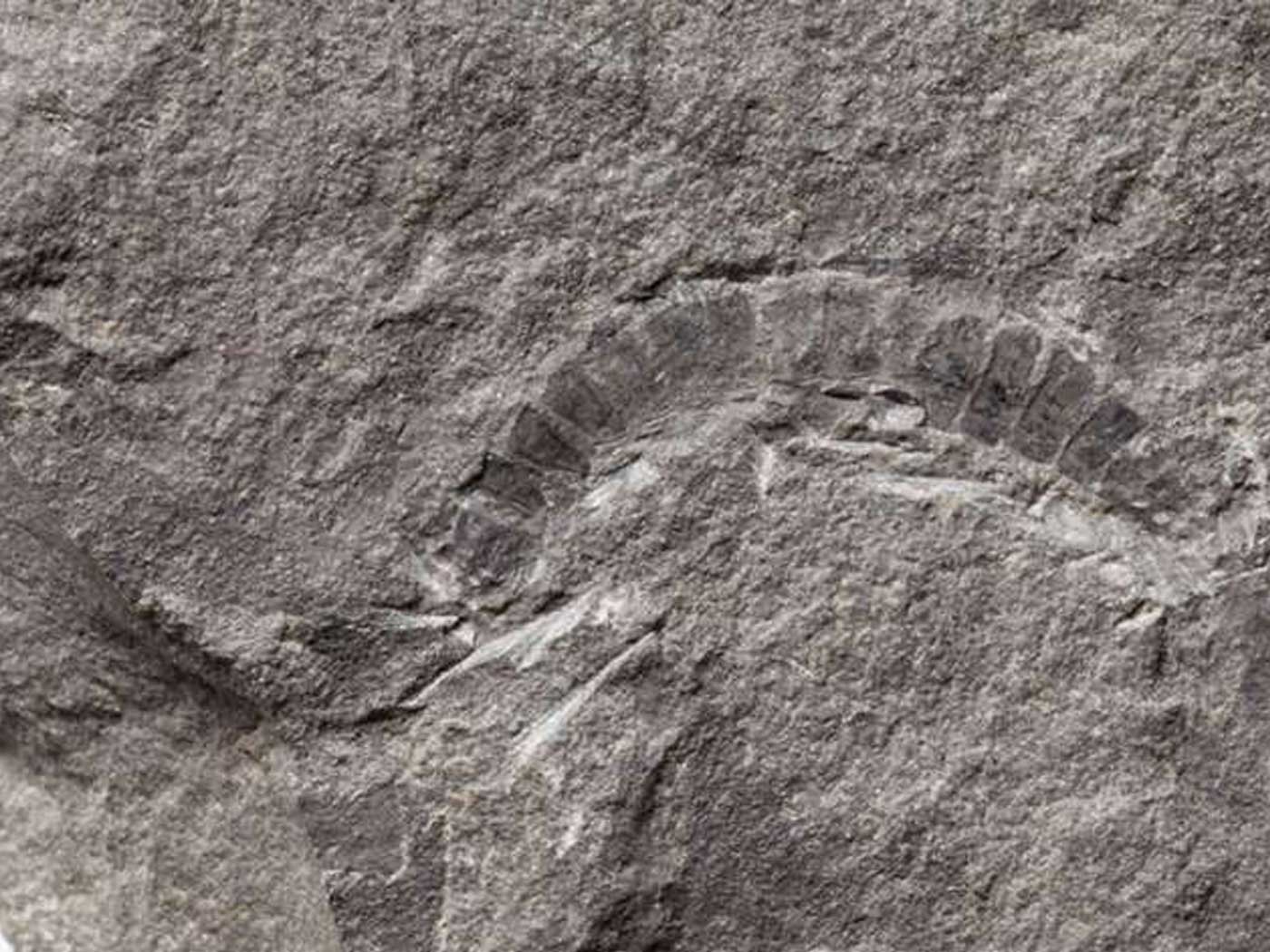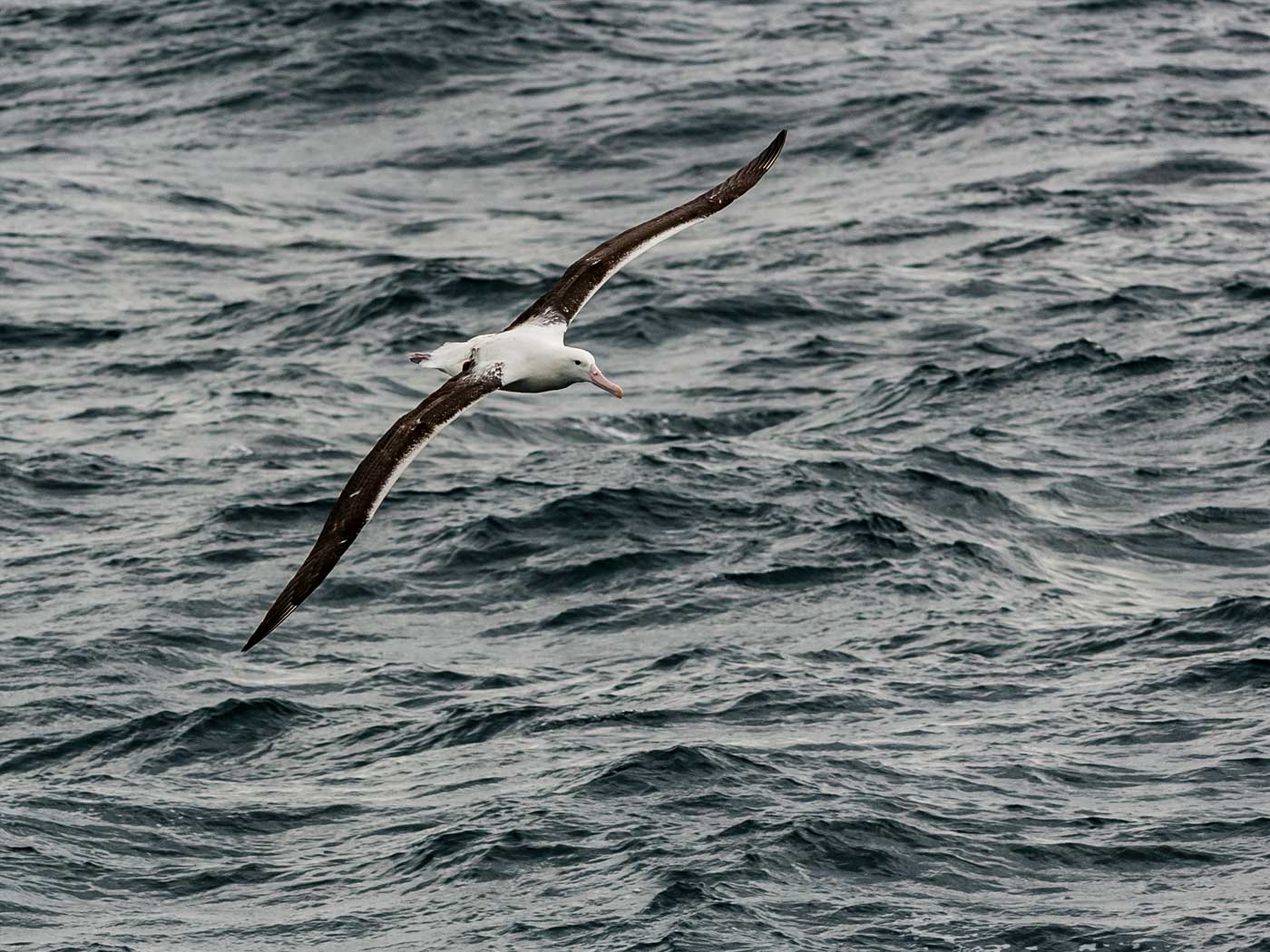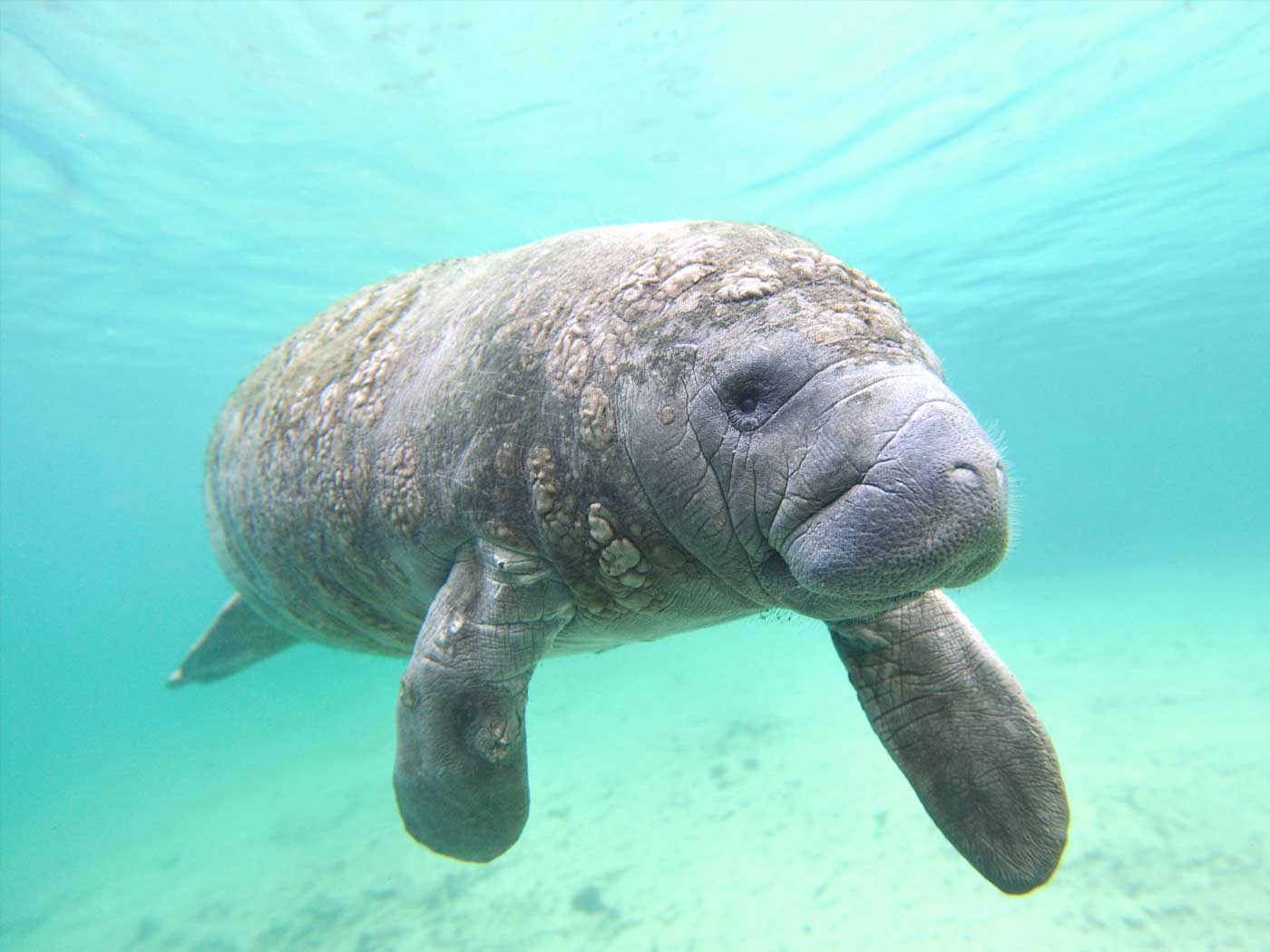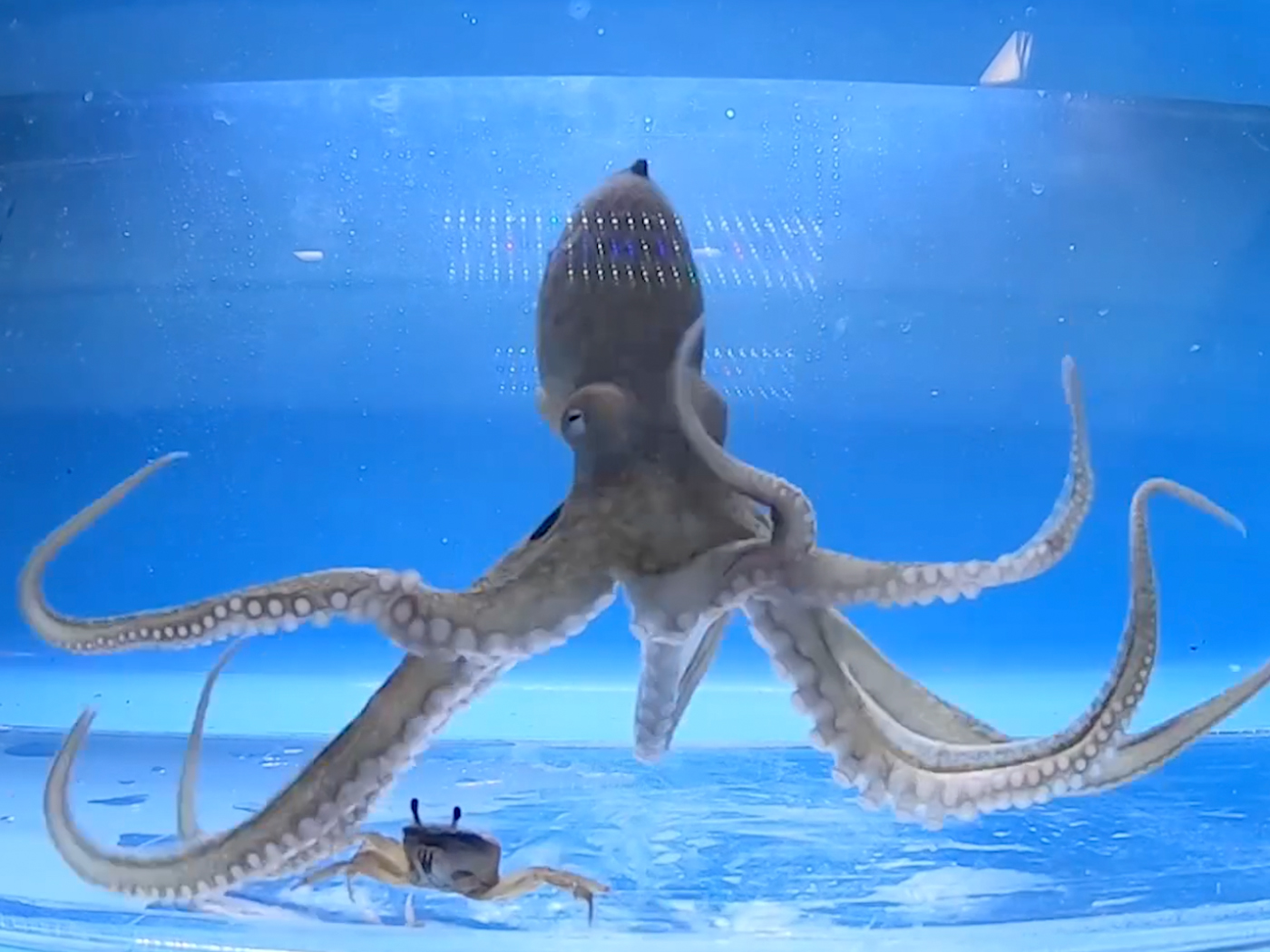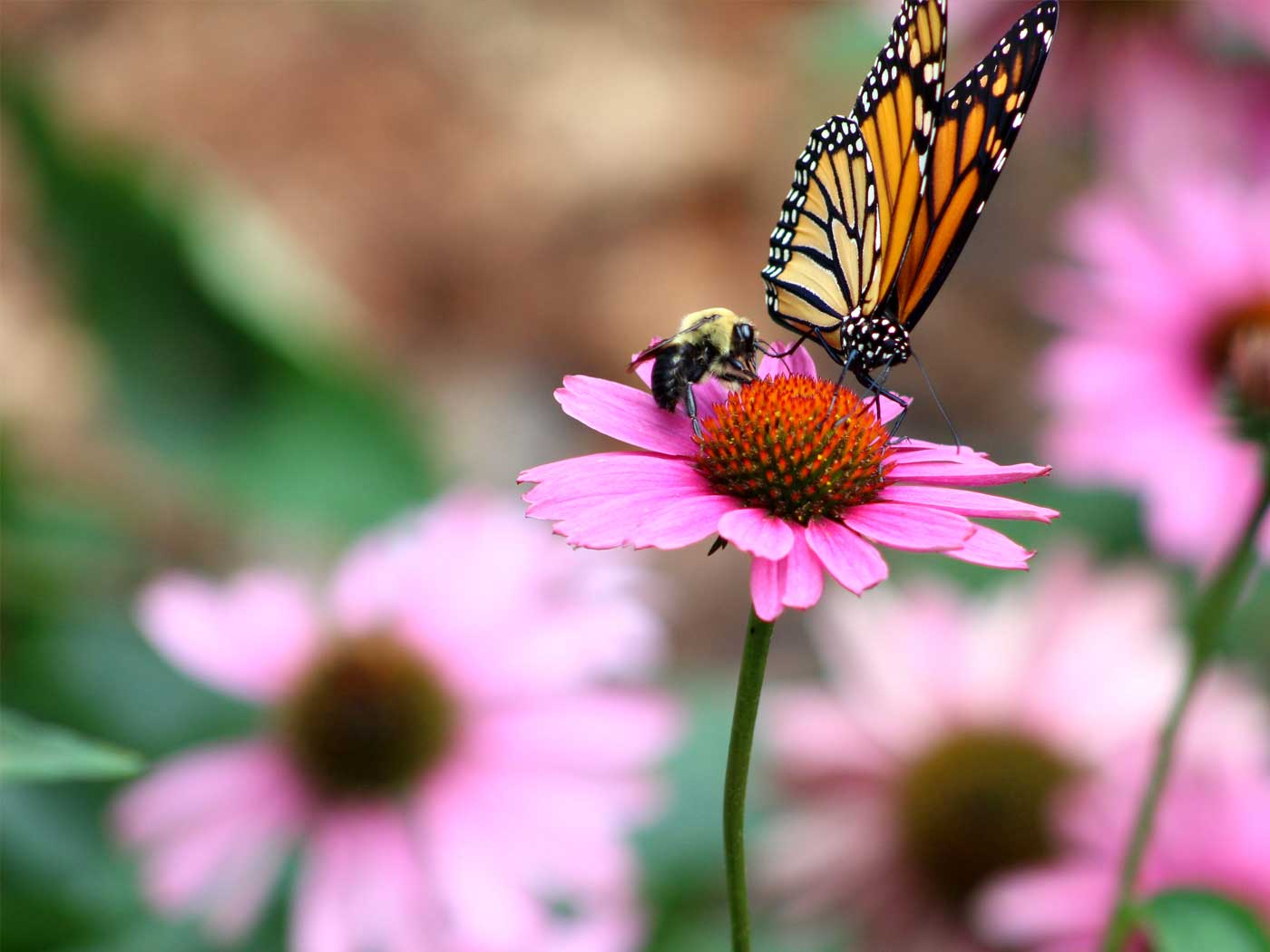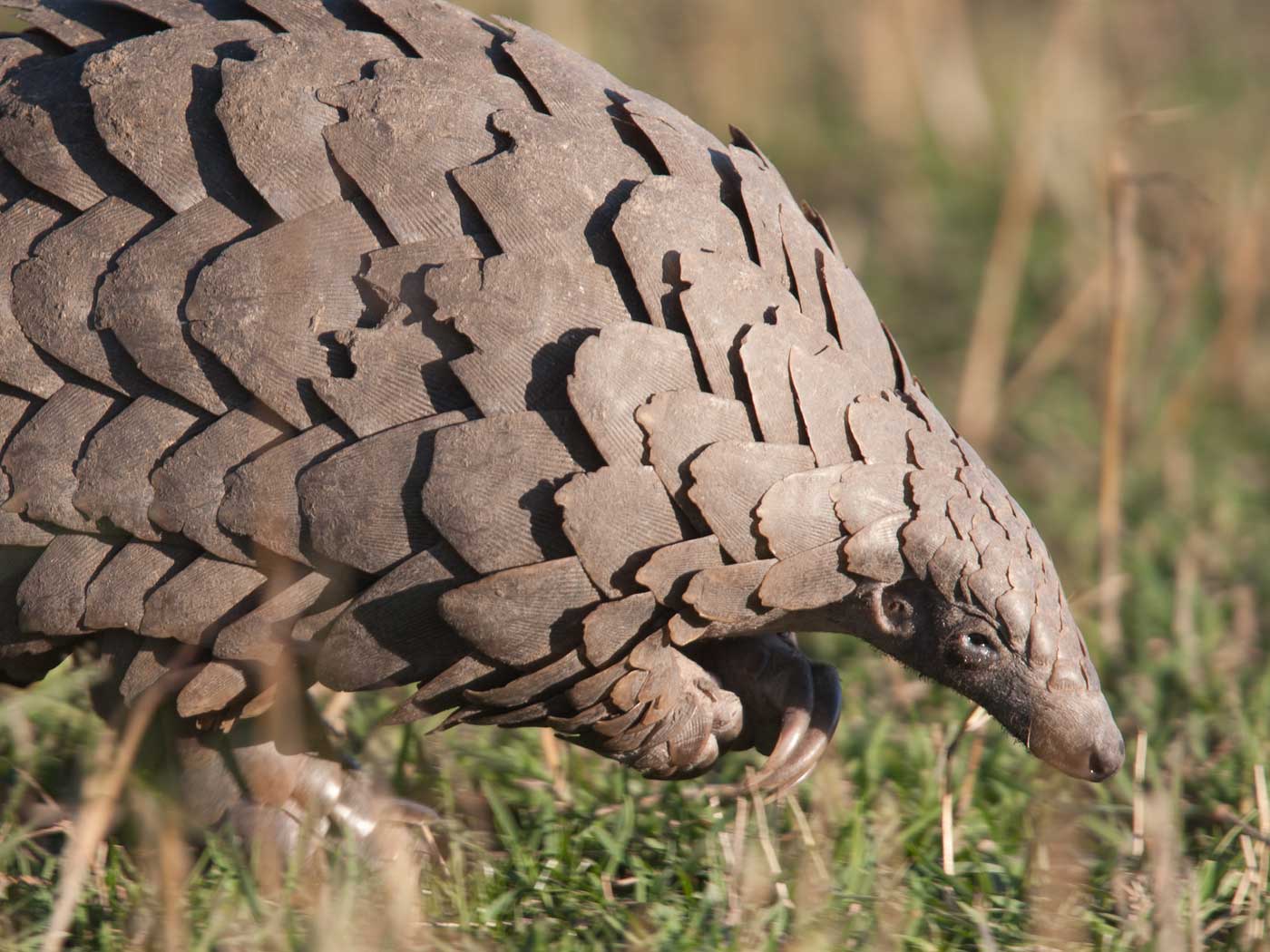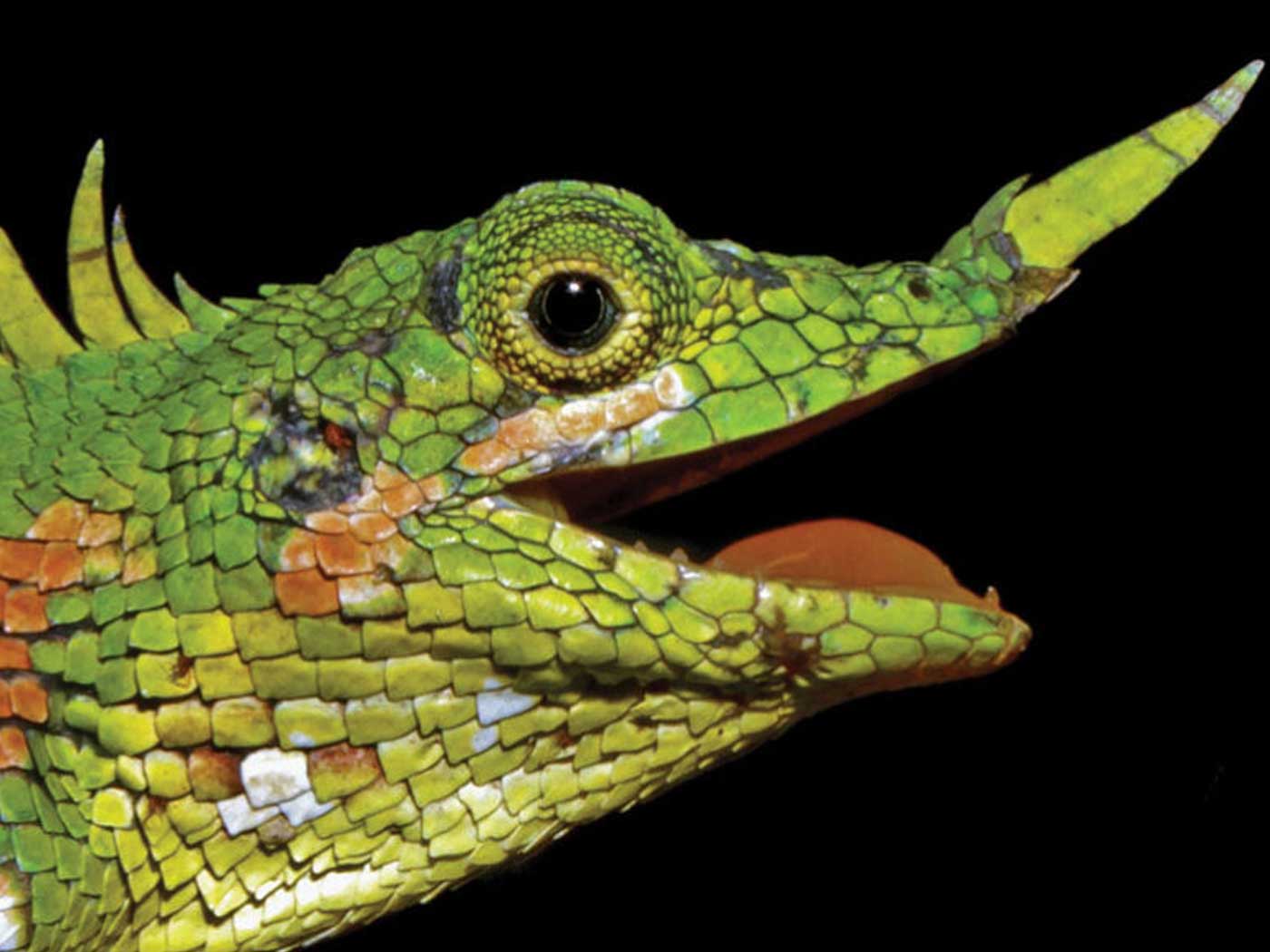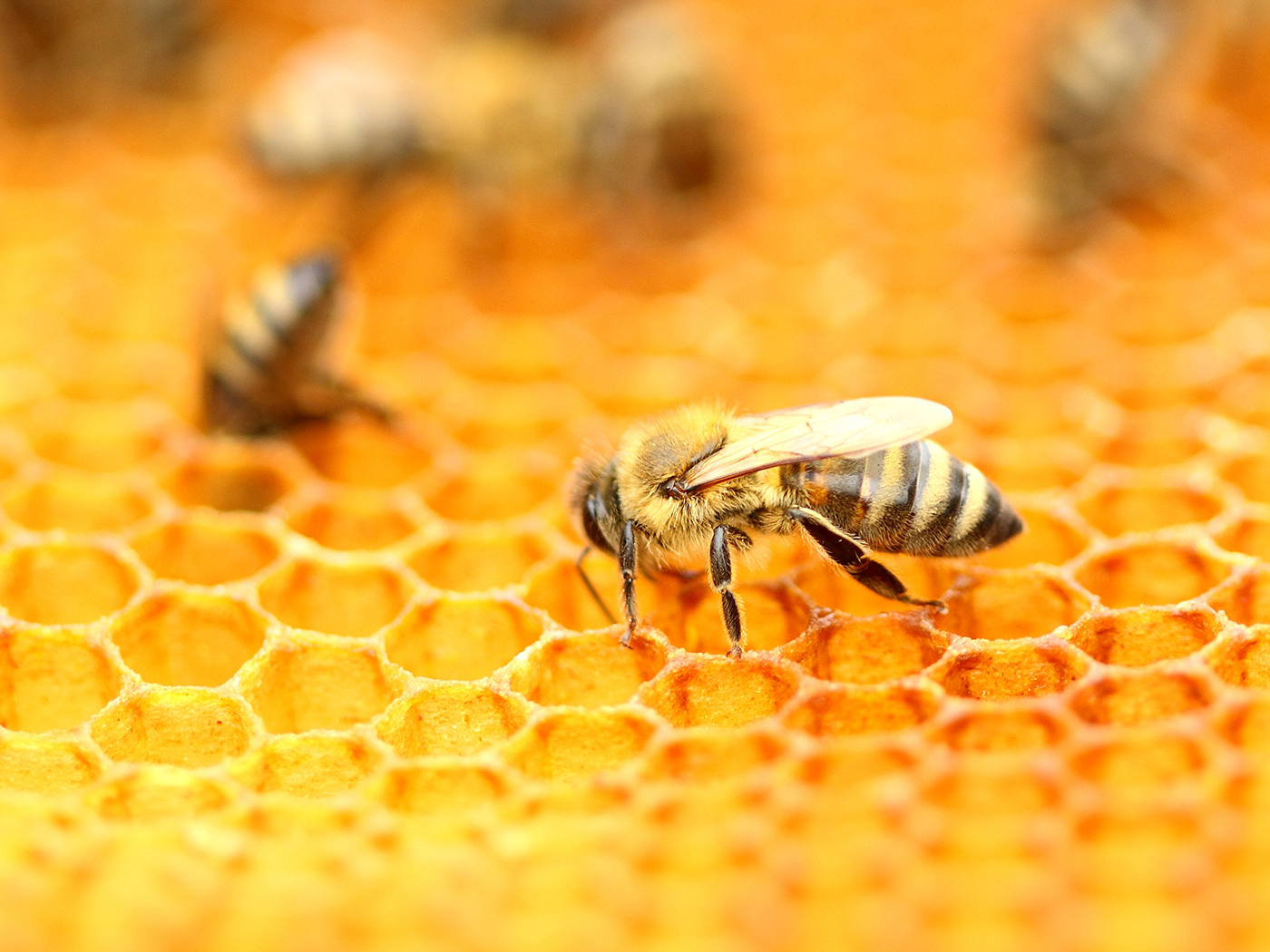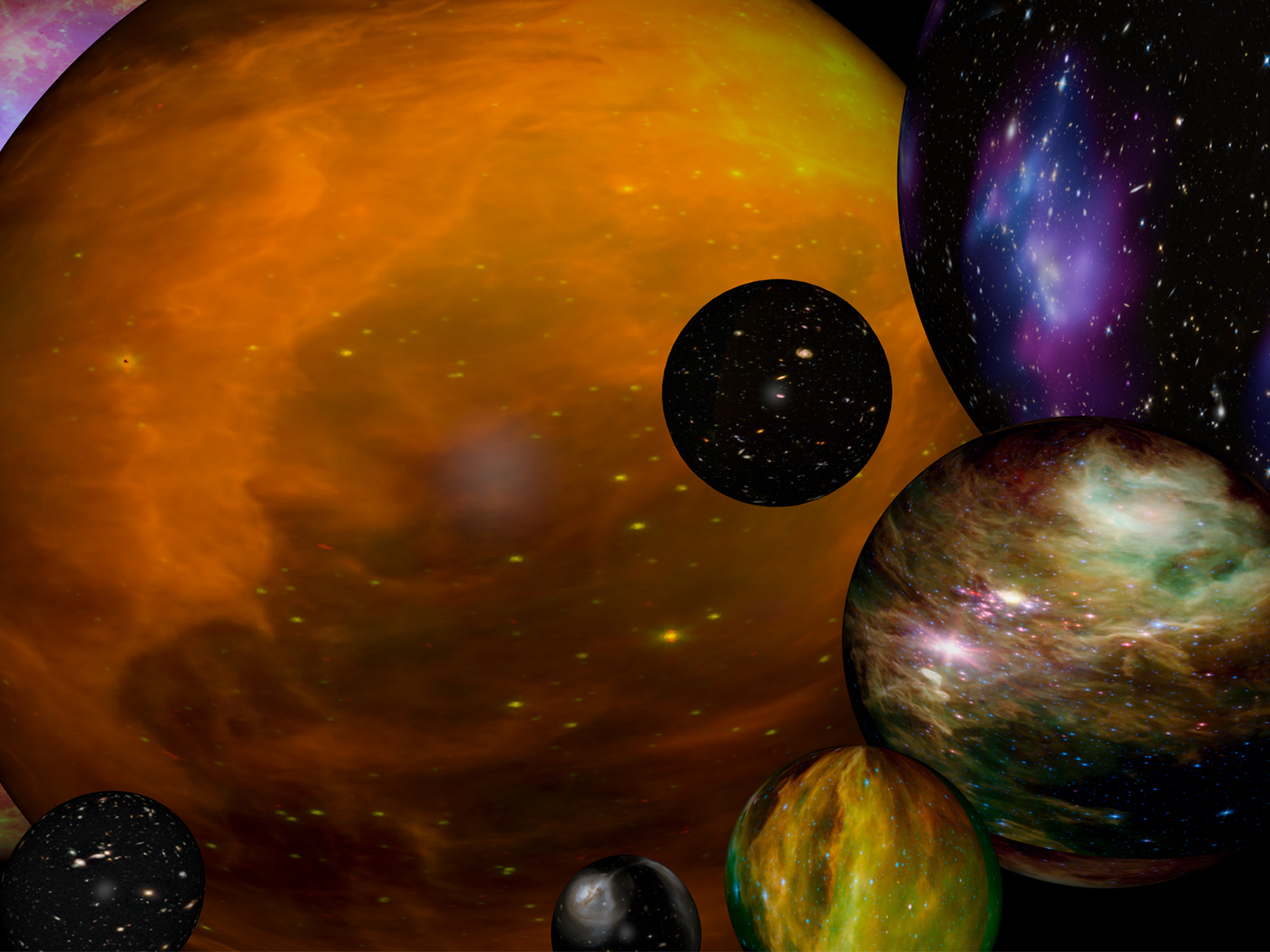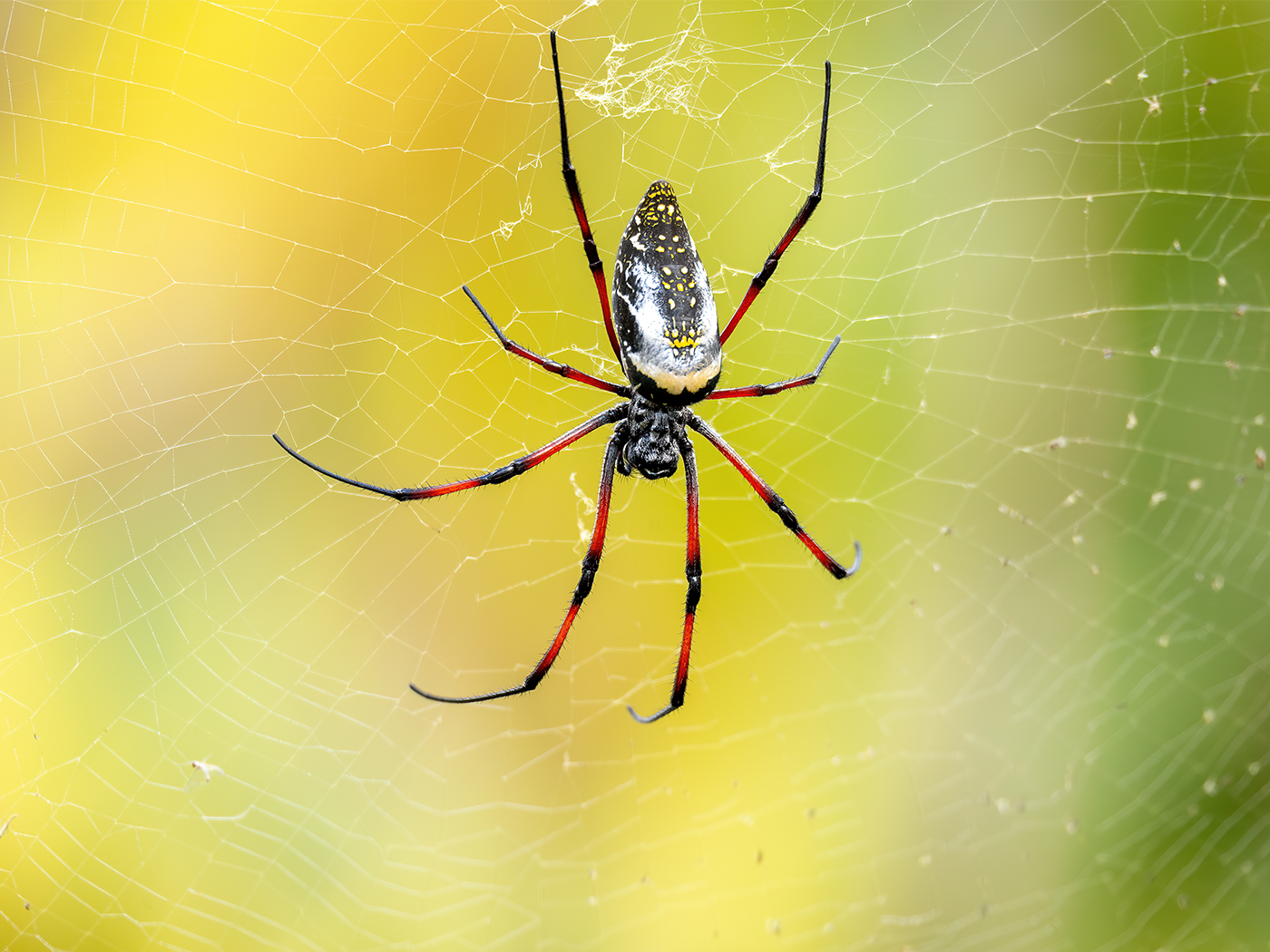Jellyfish stings are a major threat to human beings in coastal areas of the world. Each year, hundreds of thousands of victims are stung by venomous jellyfish. Nemopilema nomurai is a dangerous species with a large number of victims including many deaths. Nemopilema nomurai venom is a complex cocktail that is rich in proteins and peptides, and it is secreted by nematocysts for [killing] prey or defense. Previous studies have identified hundreds of toxins in the venom of N. nomurai … [while it remaining] unclear which toxin(s) is/are responsible for lethality.1
Not that we needed another reminder that Earth is fallen. Yet even ocean-faring animals, including jellyfish, are impacted by the Edenic curse.
The jellyfish’s venom is a complex brew of numerous toxins, some of which resemble poisons found in other organisms, such as snakes, spiders, bees and bacteria. Rongfeng Li, Pengcheng Li and [their] colleagues wanted to determine which of the many toxins in the jellyfish’s venom actually cause death.2
Sorting out potent poisons is not for novices! The Chinese research team showed that the giant jellyfish’s venomous nematocysts (stinging cells) blend their lethal ingredients to cause hemolysis and other harms to their victims. They use blends that sometimes match ingredients used by non-aquatic venomous predators.
The researchers captured Nemopilema nomurai jellyfish off the coast of Dalian, China, and collected their tentacles, which contain the venom. They extracted venom proteins and separated them into different fractions using chromatography. By injecting each protein fraction into mice, the team identified one that killed the animals. Autopsies revealed damage to the mice’s heart, lungs, liver and kidneys. The researchers used mass spectrometry to identify 13 toxin-like proteins in this lethal fraction. Some of the jellyfish proteins were similar to harmful enzymes and proteins found in poisonous snakes, spiders and bees. Instead of any one toxin being lethal, it’s likely that multiple poisons work in concert to cause death, the researchers say.2
This is not the first study of the “role of the enzymatic toxins in jellyfish venom cocktails.”3 But this study has shown how the complex mixing of lethal toxins has variability traits that were previously undocumented.1,2
With summer on the way … people will be taking to the ocean to cool off on a hot day. But those unlucky enough to encounter the giant jellyfish Nemopilema nomurai (also known as “Nomura’s jellyfish”) might wish they had stayed on shore … [due to] the key toxins that make the creature’s venom deadly to some swimmers.2
These coast-menacing jellyfish are called “giant” for a reason—they are huge!4
Found in coastal waters of China, Korea and Japan, Nomura’s jellyfish can grow up to 6.6 feet in diameter and weigh up to 440 pounds. This behemoth stings hundreds of thousands of people per year, causing severe pain, redness, swelling, and in some cases, even shock or death.2
Vicious! These seacoast-lurking monsters have tentacles that are killing humans in growing numbers.
In recent decades, venomous scyphozoans have become increasingly well known for their formidable stinging ability in Eastern Asian waters. Scyphozoan Nemopilema nomurai Kishinouye is the main venomous jellyfish species in China, Korea and Japan, and numerous people, including tourists and fisherman, are stung in the summer months every year. The symptoms caused by jellyfish stings can vary from mild localized pain, itch, and redness or swelling to systemic abdominal pain, vomiting, chest tightness and dyspnea. In some cases, the occurrence of severe symptoms can be life-threatening, and patients stung by the N. nomurai jellyfish may die from acute pulmonary edema, heart failure or renal failure within several hours of being stung. The stinging ability of the N. nomurai jellyfish originates from their nematocysts in their tentacles and the venom stored in the nematocysts is very complex.5
So the jellyfish venom mixtures now threaten, injure, and kill people swimming in coastal ocean-waters.6
But there’s more.
Making a complex investigation even more complicated, the composition of the giant jellyfish’s venom blend varies with age, apparently due to how the jellyfish’s diet changes with its developmental life stages. This phenomenon of age-based venom composition also occurs with some deadly cubozoan jellyfish and sea anemone.5
So, this summer, if giant jellyfish join you for a swim at the beach, you are in the wrong neighborhood!
It will be so good when the Lord returns to His creation—when He transforms the world of nature, so that jellyfish (and other predators) no longer are harmful!7
At that time, it will be much easier to appreciate the biological magnificence of these water-filled tentacle-streaming coelenterates. Even now, their bodies actually demonstrate astounding bioengineering—that only God could have understood, designed, and built into their anatomies and physiologies.8
For example, jellyfish have amazing underwater wide-vision eyesight that in some respects is similar to human eyesight.
A deadly Australian species of sea jelly (jellyfish or medusae) called the sea wasp (Chironex fleckeri) has the fascinating shape of a cube. Remarkably, these creatures—composed of 95% water—have multiple sets of eyes, including some which are human-like. Why would these creatures—supposedly so low on the evolutionary ladder—not only have several different kinds of multi-purpose eyes, but one set that is human-like? To say this is unexpected is an understatement. God has designed the box jellyfish with eyes that not only see obstacles, but are also able to detect the size and color of objects, as well as a set to detect light intensity. The eyes work in harmony giving the box jelly "an extreme fish-eye view, so it's watching almost the entire underwater world"….9
The original jellyfish were created as “good” creatures on Day 5 of Creation Week,10 but they are now tainted with the Edenic curse.
So until they are tamed and detoxed by their Creator, watch out!
References
1. Li, R., H. Yu, T. Li, et al. 2020. Comprehensive Proteome Reveals the Key Lethal Toxins in the Venom of Jellyfish Nemopilema nomurai. Journal of Proteome Research. 19(6): 2491-2500.
2. Staff writer. 2020. What Makes a Giant Jellyfish’s Sting Deadly? American Chemical Society. Posted on acs.org June 10, 2020, accessed June 12, 2020.
3. Yue, Y., H. Yu, R. Li, et al. 2017. Functional Elucidation of Nemopilema normurai and Cyanea nozakii Nematocyst Venoms’ Lytic Activity Using Mass Spectrometry and Zymography. Toxins. 9(2):47.
4. Yet the Giant Jellyfish has a more gigantic distant cnidarian “cousin”, the Lion’s Mane Jellyfish (Cyanea capillata), the largest of all – sometimes growing its “mane” of tentacles to distances matching or exceeding the length of blue whales! See Savage, S. 2018. Lion’s Mane Jellyfish. RedOrbit (June 18, 2009; edited April 17, 2018).
5. Yue, Y., H. Yu, R. Li, et al. 2019. Insights into Individual Variations in Nematocyst Venoms from the Giant Jellyfish Nemopilema nomurai in the Yellow Sea. Scientific Reports. 9(1): 3361.
6. “Jellies (commonly termed ‘jellyfish’) of the phylum Cnidaria (ni-dah'-ree-ah), class Scyphozoa, are amazing creatures composed of 96% water. … The case for [their] design is "clearly seen" (Romans 1:20) throughout the cnidaria (e.g., jellies having two peculiar interconnected nerve nets and a hydrostatic skeleton). This includes a tiny lethal device called the cnidocyte that contains a nematocyst—a stinging, container-like structure. … The sea wasp (class Cubozoa) off the Australian coast has complex eyes and is one of the deadliest creatures on earth. The venom of a single sea wasp is more potent than a cobra's, and can kill over 50 people.” Sherwin, F. 2005. PB & J (Painful Blisters and Jellies). Acts & Facts. 34(10).
7. The original goodness of animals created on Day 5 (Genesis 1:21), as well as those created on Day 6 (Genesis 1:25), will somehow be restored in God’s future restoration/renovation of earth. See Isaiah 11:6-9, 65:17, 65:25; Ezekiel 34:25; Hosea 2:18, yet without the wild “sea” (Revelation 21:1-4).
8. See also Bruce, H. B. 2012. Four for One, One for All. Answers in Genesis. Posted on answersingenesis.org January 1, 2012, accessed June 12, 2020.
9. Sherwin, F. 2007. The Eyes of Creation. Acts & Facts. 36(7).
10. Sherwin, F. 2008. Jellyfish Reveal the Recent Hand of the Creator. Act & Facts. 37(12): 14.
*Dr. Johnson is Associate Professor of Apologetics and Chief Academic Officer at the Institute for Creation Research.




